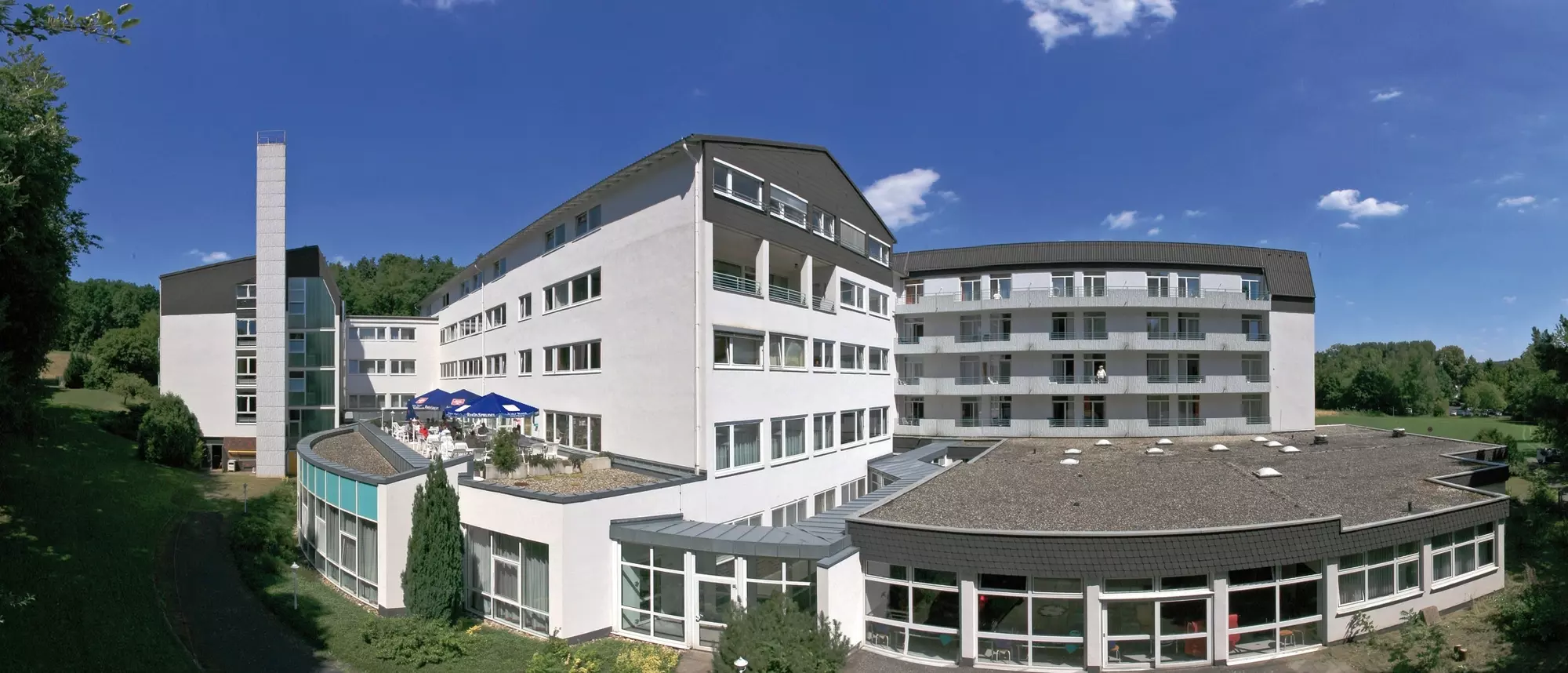
Nidda Bad Salzhausen. From autumn 2011, a highly efficient combined heat and power plant (CHP) will supply the Rabenstein rehabilitation clinic in Nidda Bad Salzhausen with heat and electricity. Stadtwerke Gießen is currently converting the heating centre to the new technology and modernising the entire heating system. This includes optimising the distribution of heat in the building. "Before the conversion, we first analysed how the efficiency of the system could be increased. Such an analysis and comprehensive planning always form the basis," explains Christian Launhardt, project manager at SWG. The aim is to reduce primary energy consumption by around 30 per cent after completion. For Thomas Bruschinsky, Managing Director of HKB-Klinik GmbH & Co. Klinik Rabenstein KG, this is an ecological and economic advantage: "This not only reduces our energy costs. Thanks to the new technology, we are also making a significant contribution to reducing CO2 emissions."
CHP ensures a more efficient energy supply
The use of the combined heat and power unit is crucial for the savings. Whenever it produces heat for heating or hot water, it also generates electricity at the same time. In technical jargon, this principle is known as combined heat and power (CHP). The operators of the rehabilitation clinic will use all the electricity themselves after the conversion, around 218,000 kilowatt hours per year. As the 100 kilowatt (kW) thermal output of the CHP unit is not sufficient at peak load times, the technicians from Stadtwerke Gießen are also installing two additional natural gas condensing boilers. These have a heat output of around 800 kW and ensure that sufficient heating energy and hot water are always available in winter and during the morning hours.

